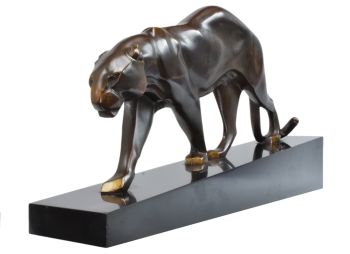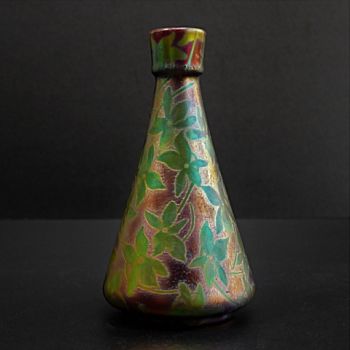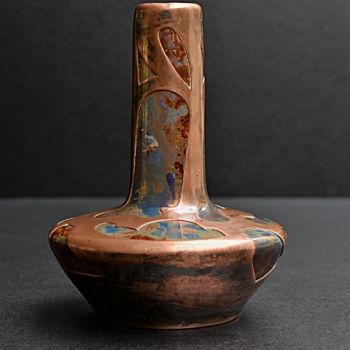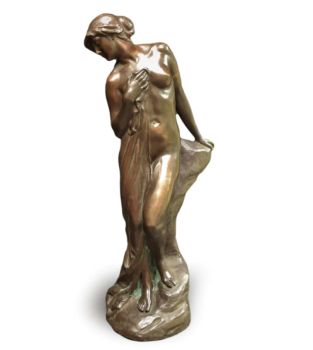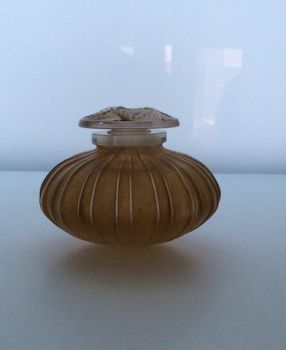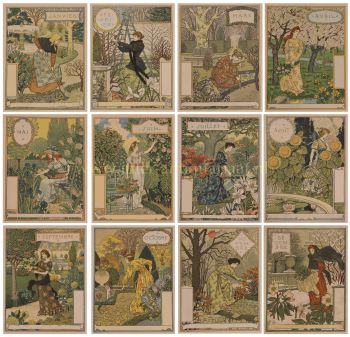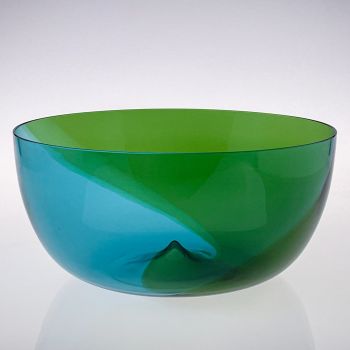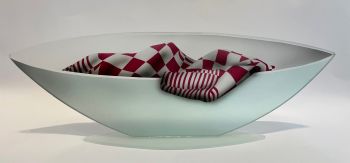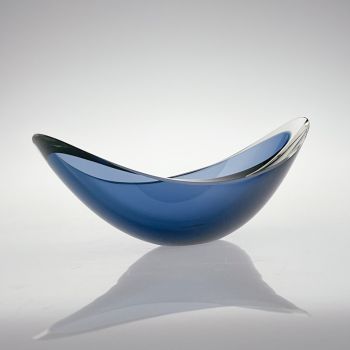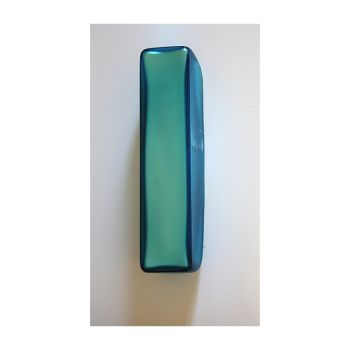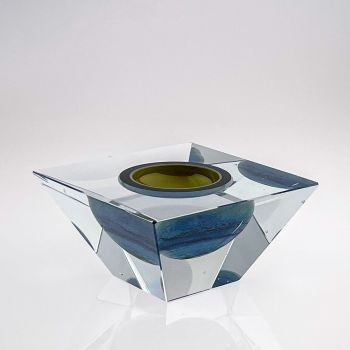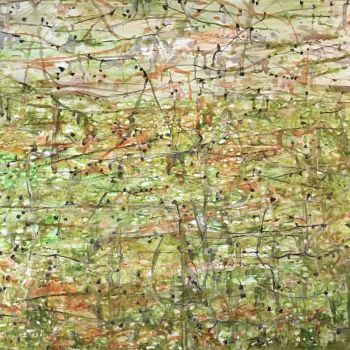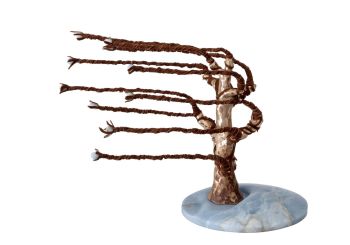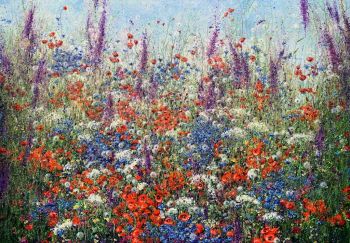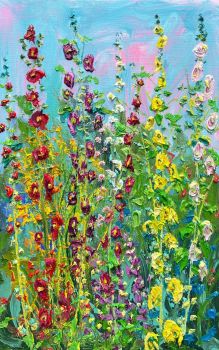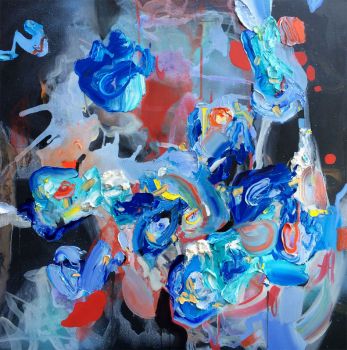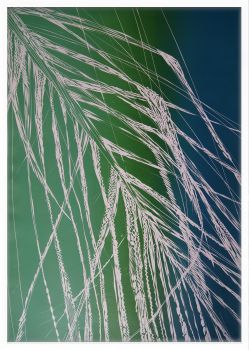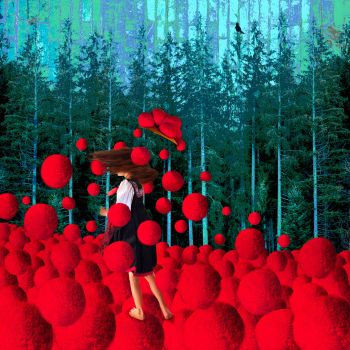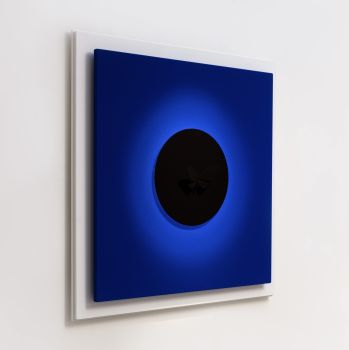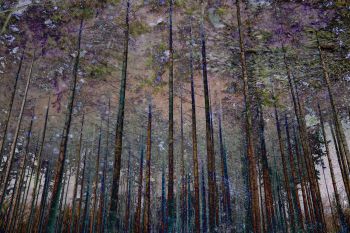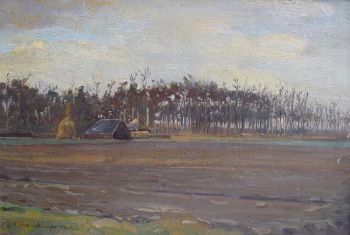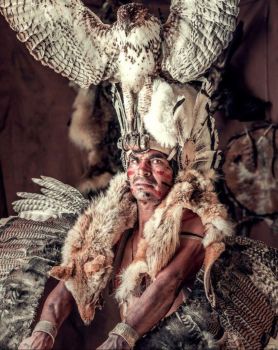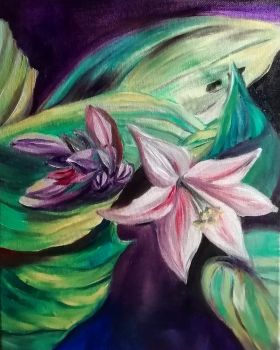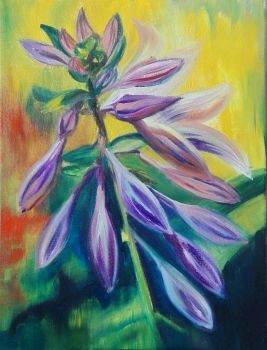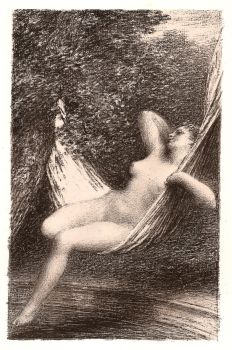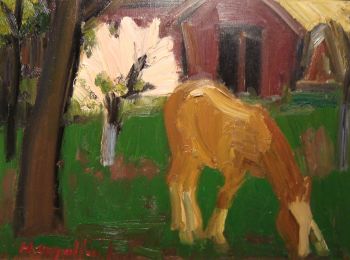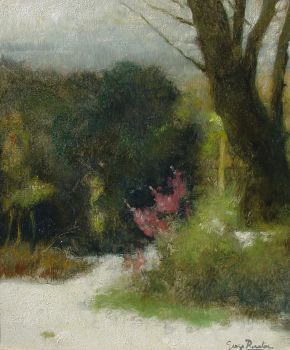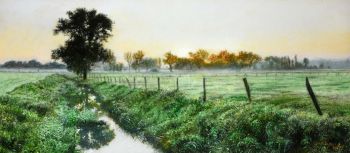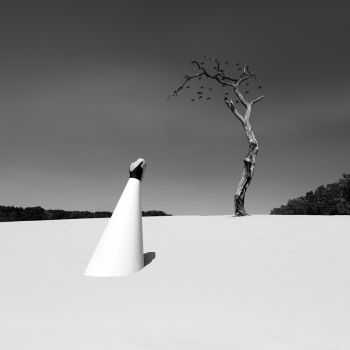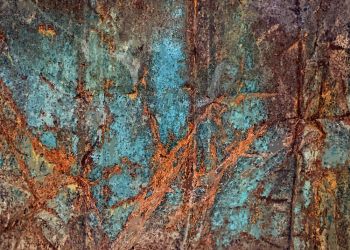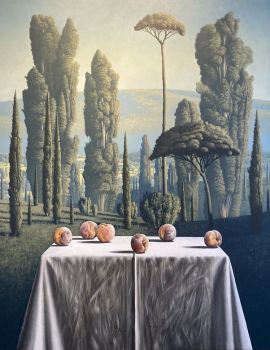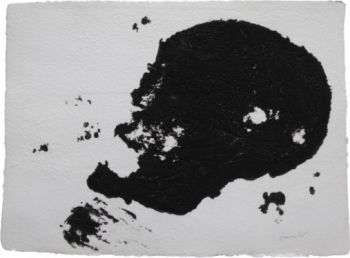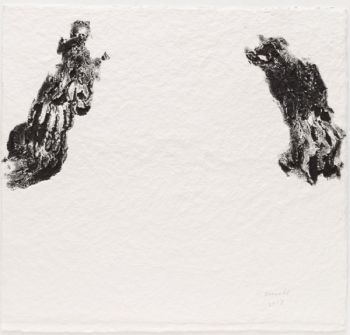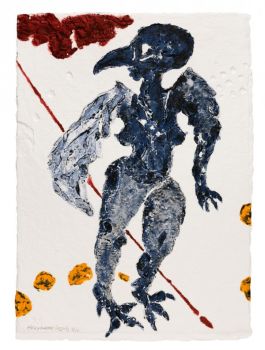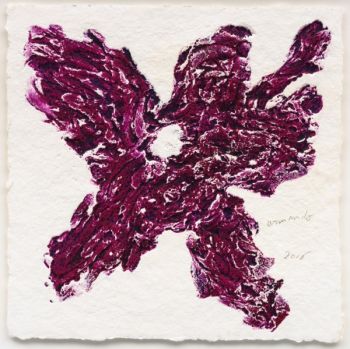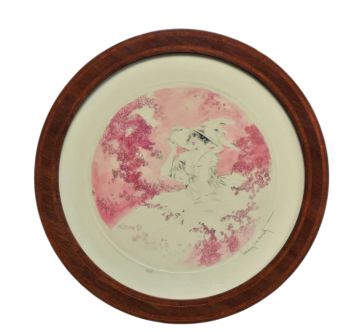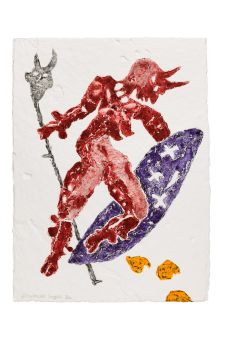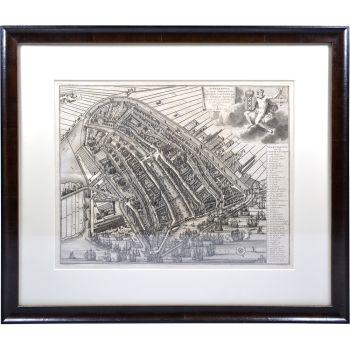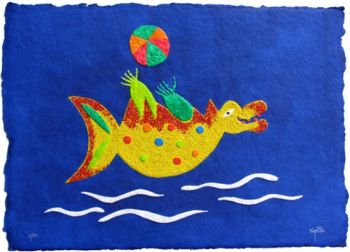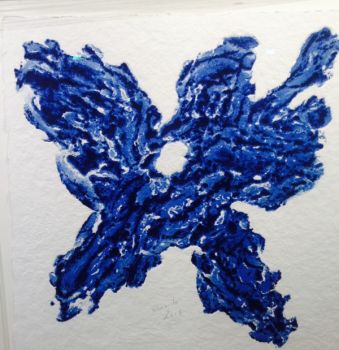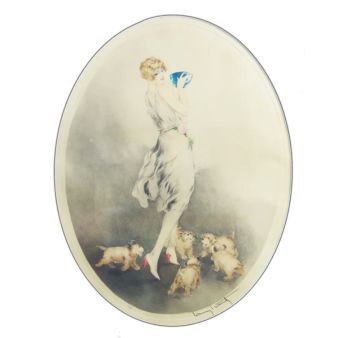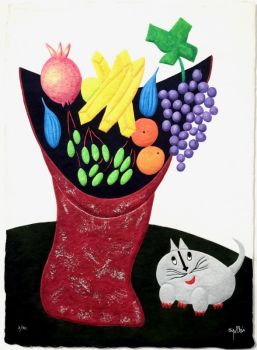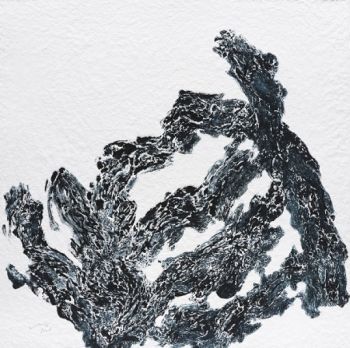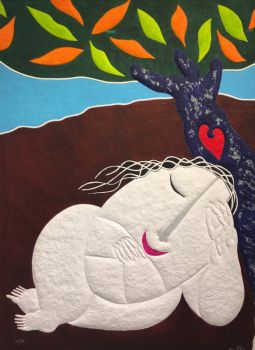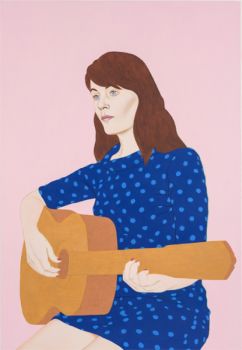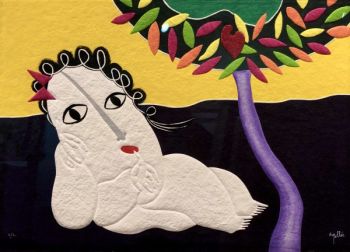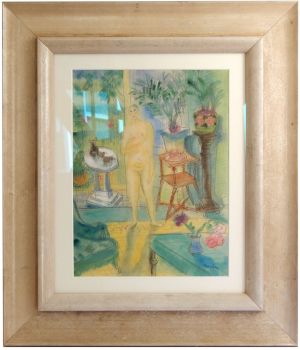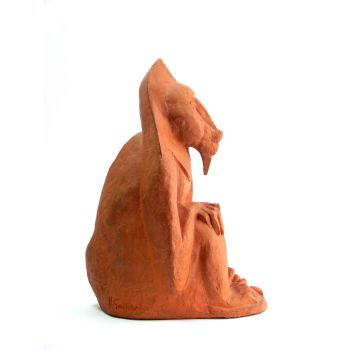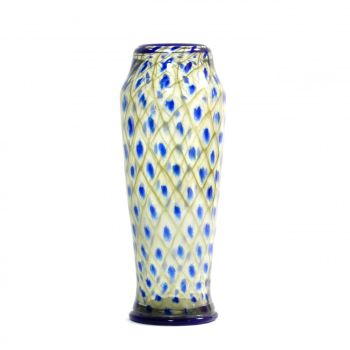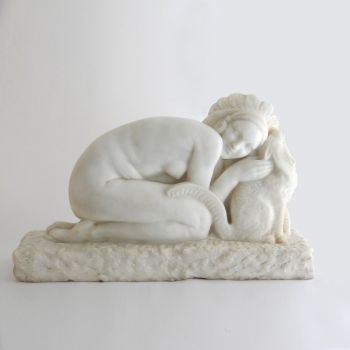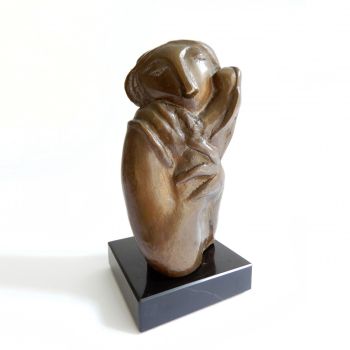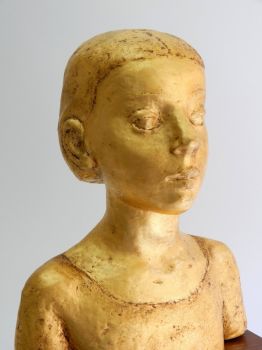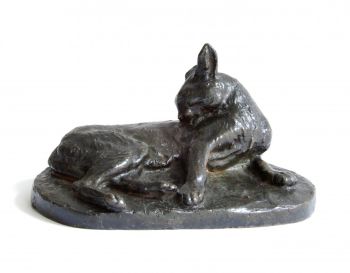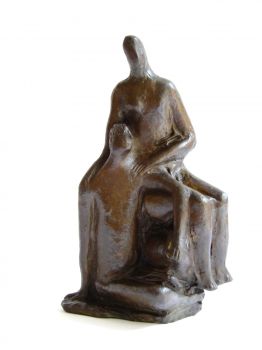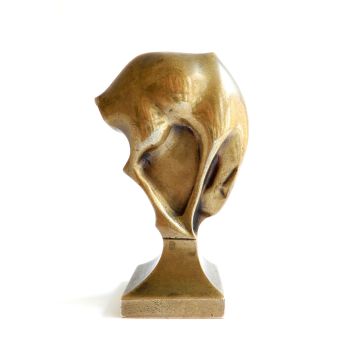Oval vase with a blossom branch 1875 - 1880
François Eugène Rousseau
DruckGravur
16 cm
ConditionNear mint
Preis auf Anfrage
Dille Art
- Über KunstwerkRare vase by the French designer and creator François Eugène Rousseau (Paris, 1827-1891).
The vase has a very refined decoration inspired by Japanese art, a blossom branch of the quince with a butterfly.
The branch itself is cut in intaglio, the blossom and the butterfly are engraved and partly coloured.
The vase is oval in shape and made of smoky clear glass and double-layered (cased), at the top edge an application of blue glass has been warmly applied to the vase, giving the edge a dripping effect.
The quality of the vase is particularly high. From the middle of the 19th century, Rousseau was very much inspired by Japanese art, which, by opening Japan to foreigners, was just making its appearance in France.
The vase is signed on the bottom with "E. Rousseau Paris".
Biography:
François Eugène Rousseau (Paris, 1827-1891), his father owned a porcelain and ceramics shop on Rue Coqulliere in Paris. Rousseau went to work in his father's shop and also worked at the Manufacture de Sèvres, where he collaborated with several artists. In 1850 he took over the business from his father and also remained associated with the Manufacture de Sèvres. He was very interested in the introduction of Japanese art after the opening of Japan to foreign countries. He immersed himself in it more and decided to design a Japanese tableware with decorations by the painter/etcher Felix Bracquemond (1833-1914). The tableware was also exhibited at the Paris World's Fair of 1867, where it was a great success.
At the same time, he also set up a studio where he experimented with glass and glass decoration. Technically he was completely incompetent and he let his glass made by the brothers Adrien and Léon Appert in Clichy.
Rousseau has many ideas for special designs and decorations. The brothers like to carry it out, Rousseau takes care of the decorations himself, although he does have an assistant Eugène Michel who mainly does the engravings and intaglios.
Rousseau was inventive and original in his designs. His designs were often based on his interest in nature and Japan. Sometimes the shapes of his vases were very austere but applications were applied to them, sometimes his vases were completely free of shape and asymmetrical. He was one of the first French artists to experiment with cased, double-layered glass. He also made crackled glass which he filled in various colours and covered with clear, often coloured glass, creating special effects. Sometimes his glass seemed to be made of gemstone. But he also made double-layered smoky or clear glass vases with an engraved decor or with deeply carved decorations (intaglio technique) that were sometimes (partly) coloured or enamelled, often decorated with applications such as the vase above with a blue dripping effect, ears and/or masks in relief.
His vases were actually only made for special exhibitions, so in 1869 he sold two painted vases to the Albert & Victoria Museum. He also received many positive reactions to the Exposition de l'Union Centrale des Beaux-Arts appliqués à l'Industrie in 1874.
During this period, Ernest-Baptiste Léveillé also became his assistant and the glass cutter Alphonse-Georges Reyen also came to work for him. In 1885 he sold his business to Ernest Baptiste Léveillé, who continued to make the designs of his teacher and friend until 1890. The vases are signed from 1885-1890 with "E. Léveillé and E. Rousseau. After that Léveillé increasingly goes his own way.
François Eugène Rousseau died in 1891. Together with Emile Gallé, he is seen as the forerunner of modern glass art of this time.
Rousseau's vases are very rare and were only produced in small quantities for the major exhibitions, especially those in Paris. They were often purchased by the various museums that bought them for their permanent collections.
Literature:
- Philippe Olland; 'Dictionnaire des Maîtres Verriers de l'Art Nouveau á l'Art Déco Marques & signatures, p. 269-272, Éditions Faton 2016.
- Victor Arwas, 'Glass, Art Nouveau to Art Deco', p. 267-269, Academy Editions London, 1987.
Condition:
Good, the vase is in mint condition, no chips or polishing what so ever, just some colours of the coloured patina in the engraving are faded or washed away because of age and cleaning. - Über Künstler
François Eugène Rousseau (Paris, 1827-1891), sein Vater besaß ein Porzellan- und Keramikgeschäft in der Rue Coqulliere in Paris. Rousseau arbeitete im Geschäft seines Vaters und arbeitete auch in der Manufacture de Sèvres, wo er mit mehreren Künstlern zusammenarbeitete. 1850 übernahm er das Geschäft von seinem Vater und blieb auch der Manufacture de Sèvres verbunden.
Er interessierte sich sehr für die Einführung japanischer Kunst nach der Öffnung Japans für das Ausland. Er vertiefte sich mehr darin und beschloss, ein japanisches Geschirr mit Verzierungen des Malers/Radierers Felix Bracquemond (1833-1914) zu entwerfen. Das Geschirr wurde auch auf der Pariser Weltausstellung von 1867 ausgestellt, wo es ein großer Erfolg war.
Gleichzeitig richtete er ein Atelier ein, in dem er mit Glas und Glasdekoration experimentierte. Technisch war er völlig inkompetent und ließ sein Glas von den Brüdern Adrien und Léon Appert in Clichy herstellen.
Rousseau hat viele Ideen für besondere Designs und Dekorationen. Die Brüder führen es gerne aus, Rousseau kümmert sich selbst um die Dekoration, obwohl er einen Assistenten Eugène Michel hat, der hauptsächlich die Gravuren und Intaglios macht.
Rousseau war erfinderisch und originell in seinen Entwürfen. Seine Entwürfe basierten oft auf seinem Interesse an der Natur und Japan. Manchmal waren die Formen seiner Vasen sehr streng, aber mit Applikationen versehen, manchmal waren seine Vasen völlig formlos und asymmetrisch. Er war einer der ersten französischen Künstler, der mit überfangenem, zweischichtigem Glas experimentierte.
Er stellte auch zerbrochenes Glas her, das er in verschiedenen Farben füllte und mit klarem, oft farbigem Glas bedeckte, um besondere Effekte zu erzielen. Manchmal schien sein Glas aus Edelstein zu sein. Aber er fertigte auch doppelschichtige rauchige oder klare Glasvasen mit einem gravierten Dekor oder mit tief geschnitzten Dekorationen (Intaglio-Technik), die manchmal (teilweise) farbig oder emailliert waren, oft verziert mit Applikationen wie die Vase darüber mit einem blauen Tropfeffekt, Ohren und/oder Masken im Relief.
Da seine Vasen eigentlich nur für Sonderausstellungen hergestellt wurden, verkaufte er 1869 zwei bemalte Vasen an das Albert & Victoria Museum. Er erhielt auch viele positive Reaktionen auf die Exposition de l'Union Centrale des Beaux-Arts appliqués à l'Industrie im Jahr 1874.
In dieser Zeit wurde Ernest-Baptiste Léveillé auch sein Assistent, und auch der Glasschneider Alphonse-Georges Reyen arbeitete für ihn. 1885 verkaufte er sein Geschäft an Ernest Baptiste Léveillé, der bis 1890 die Entwürfe seines Lehrers und Freundes weiterführte. Die Vasen sind von 1885-1890 mit „E. Léveillé und E. Rousseau“ signiert. Danach ging Léveillé zunehmend in die eigenen Hände Weg.
François Eugène Rousseau starb 1891. Zusammen mit Emile Gallé gilt er als Wegbereiter der modernen Glaskunst dieser Zeit.
Rousseaus Vasen sind sehr selten und wurden nur in kleinen Mengen für die großen Ausstellungen, insbesondere in Paris, hergestellt. Sie wurden oft von den verschiedenen Museen gekauft, die sie für ihre ständigen Sammlungen kauften.
Sind Sie daran interessiert, dieses Kunstwerk zu kaufen?
Artwork details
Related artworks
- 1 - 4 / 24
Gabriel Argy-Rousseau
Gabriël Argy-Rousseau – Crabes et Algues vase – 19201920 - 1929
Preis auf AnfrageAntiques Emporium
Amalric Walter
Amalric Walter & Henri Bergé – Crabe plumier1920 - 1929
Preis auf AnfrageAntiques Emporium
Frères Daum
Daum Nancy – “Paysage Soleil Couchant” vase with two applied handles1900 - 1910
Preis auf AnfrageAntiques Emporium
1 - 4 / 24- 1 - 4 / 24
- 1 - 4 / 24
- 1 - 4 / 12






